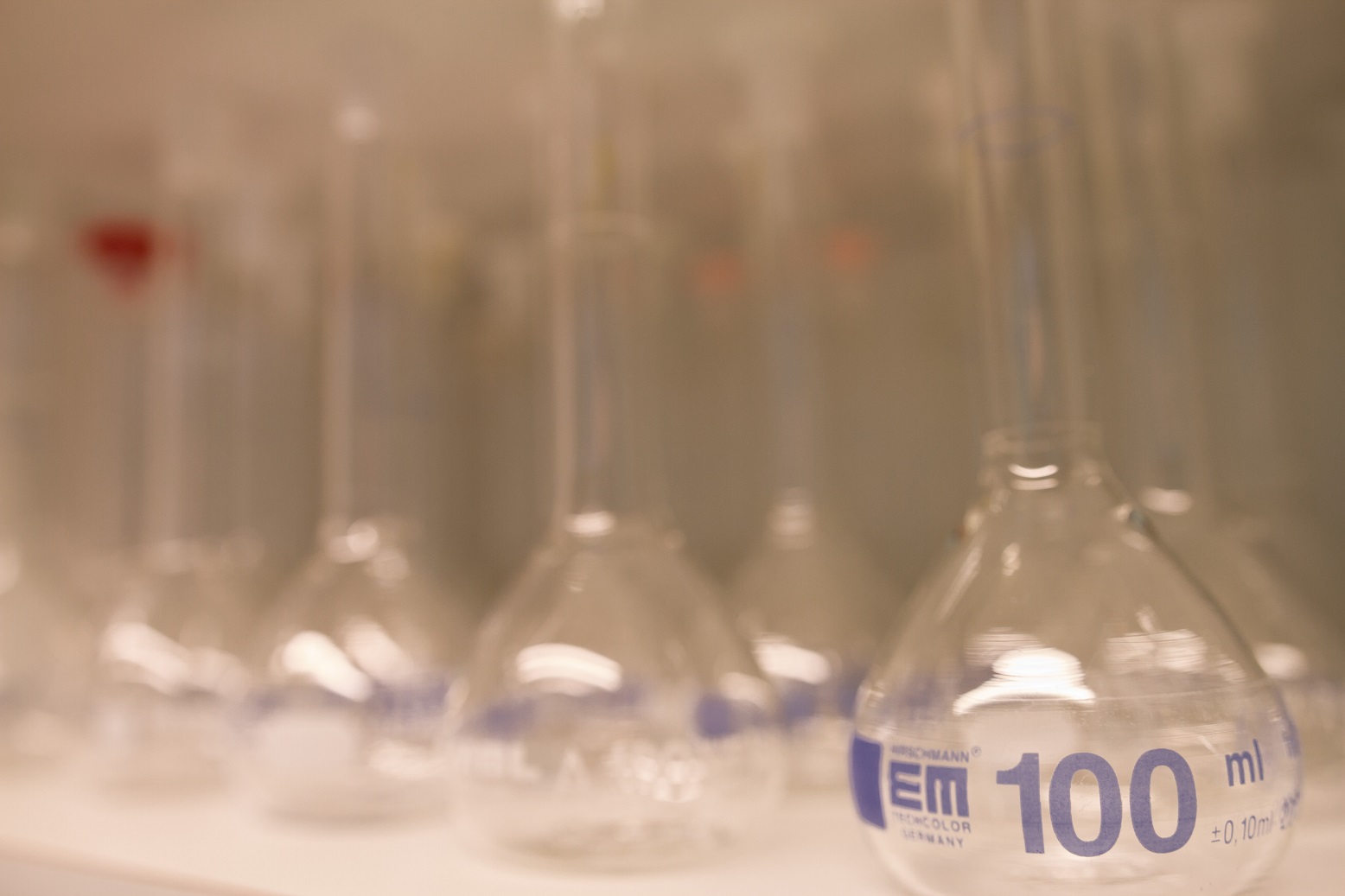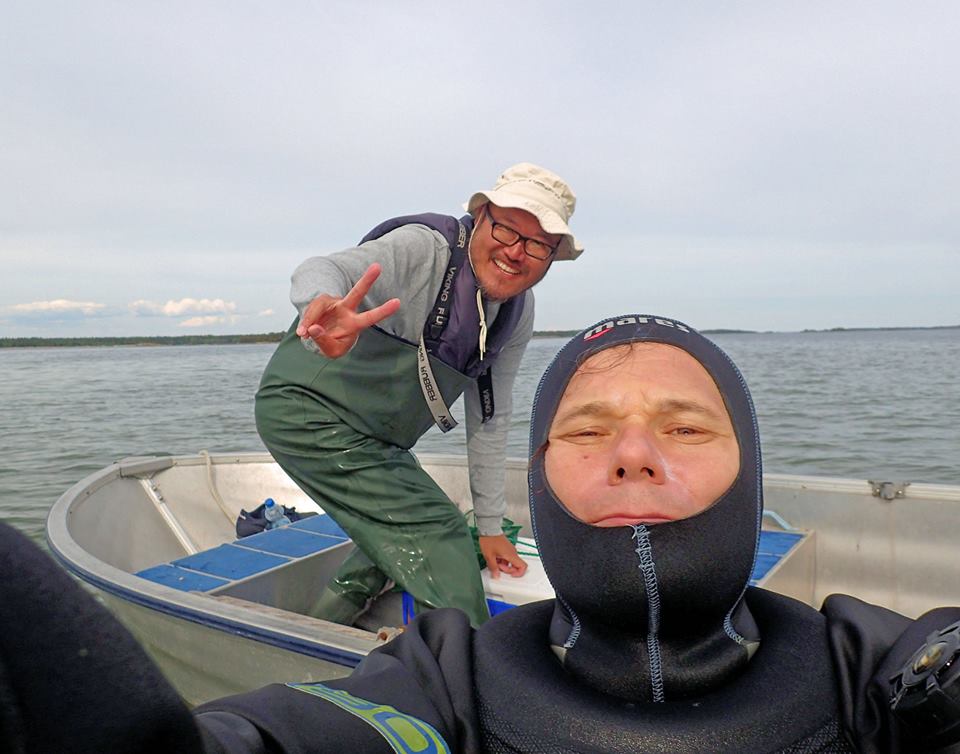I left a small town in Alabama in the United States in June of 2017 and moved straight to the Lammi Biological Station. I immediately felt straight home living in the country side and it was an amazing place to experience Finland while the days are very long. I currently work in the Evolution, Conservation, and Genomics Research group under the supervision of Dr. Craig Primmer at the University of Helsinki. We now have a fish rearing facility at the station. It consists of 32 tanks in total and will all be filled with Atlantic salmon alevins in the following weeks. These fish will remain in the tanks for several years and will be part of many experiments with multiple members of our research group.
I was able to live at the station for over 5 months but have now moved to Helsinki to be able to work at the Viikki campus. Living at the station was quite the experience for me. It is a bit isolated and when you are a foreigner (like me), you probably do not have a car. However, I enjoyed every day I lived here. There are many trails to hike and a sauna right on the lake. The station staff are all excellent. There is a constant influx of professors, researchers, and students so it is easy to meet new people and be exposed to different projects and areas of science. The station has an amazing welcoming environment and was the perfect first place to live in Finland.
Text: Adrew House




